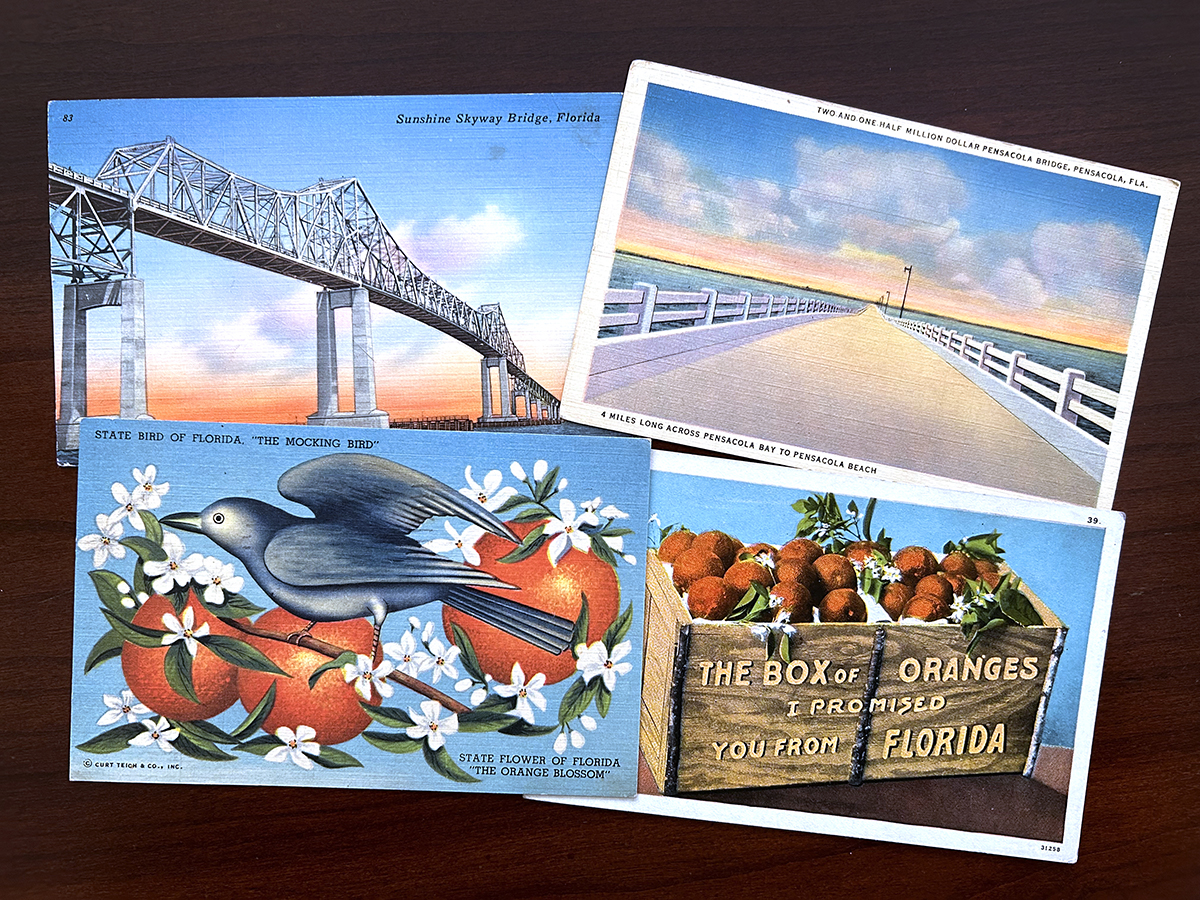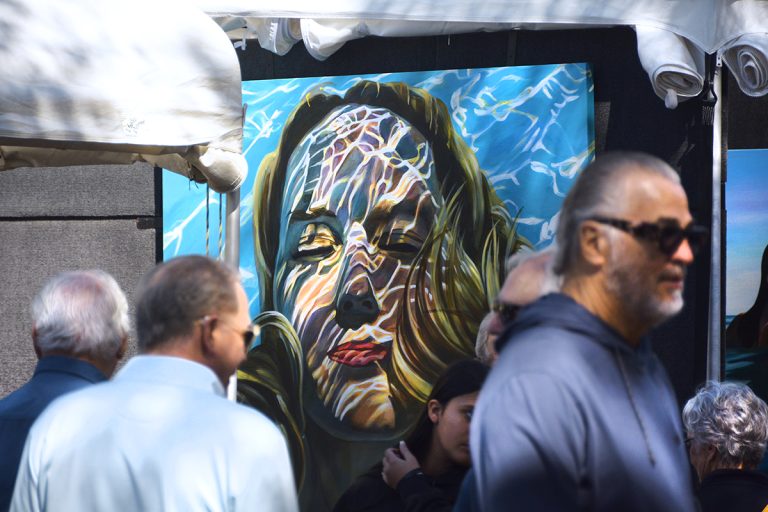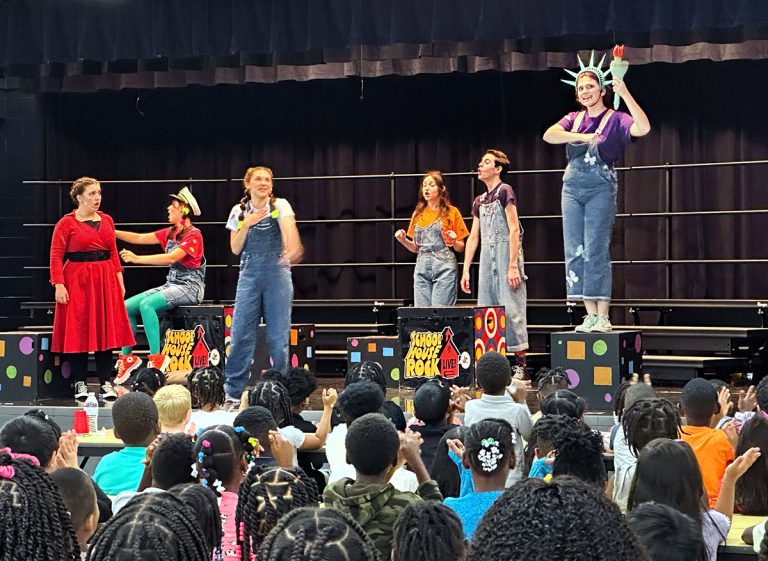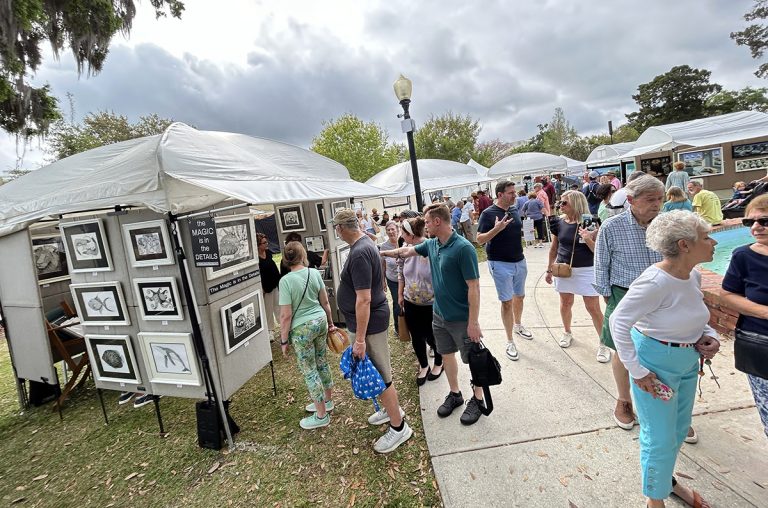As the remnants of Winter Park History Museum’s “Retailing Our Story” exhibit go into storage, a new view of the past is being framed through an iconic form of correspondence.
“Hello Sunshine: Selling Florida Through the Art of Postcards” – opening Friday, Feb. 9, and running through the end of the year – will present a look at local landscapes and vacation destinations during the first half of the 20th century. Executive Director Christy Grieger says the exhibit was made possible by a donation of approximately 1,000 postcards from local resident and former owner of Winter Park’s Best Western Mount Vernon Inn, Rick Frazee.
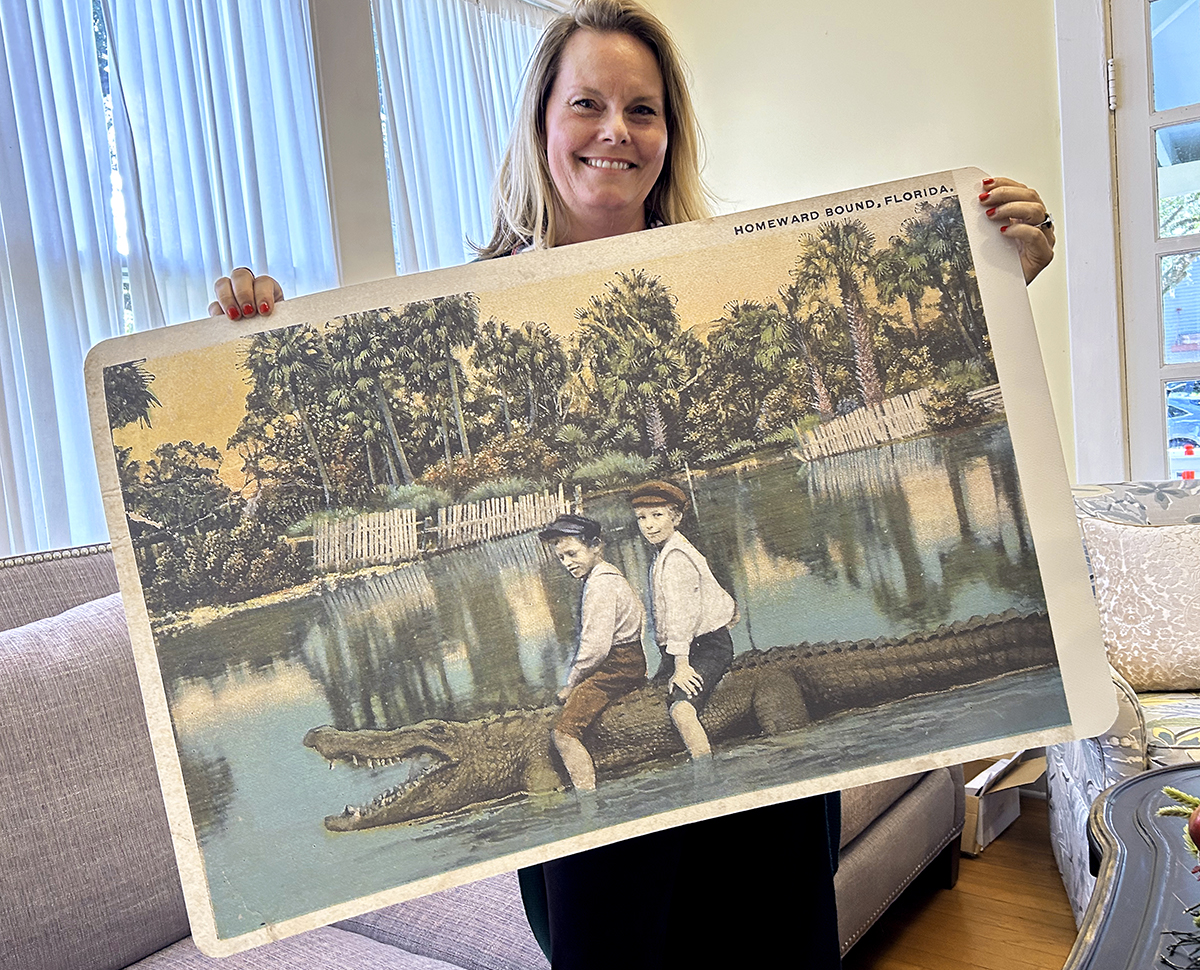
“It goes back about 30 years,” Frazee says of his collecting hobby, which began with postcards of the small motels along Highway 17-92 and evolved to include vintage and current examples of Winter Park scenery. “I used to go out and search flea markets, and there used to be postcard markets around the state. From there, it just kept expanding.”
Aside from Frazee’s Winter Park-specific collection, “Hello Sunshine” will document tourism during the pre-theme park era with postcards of statewide landmarks and attractions. “This is the first time we’re focusing beyond the Winter Park area to tell the story of why people came (to Florida) and how we became what we are today,” Grieger said. “We’ll feature Weeki Wachee, Cypress Gardens, and those old Florida attractions.”
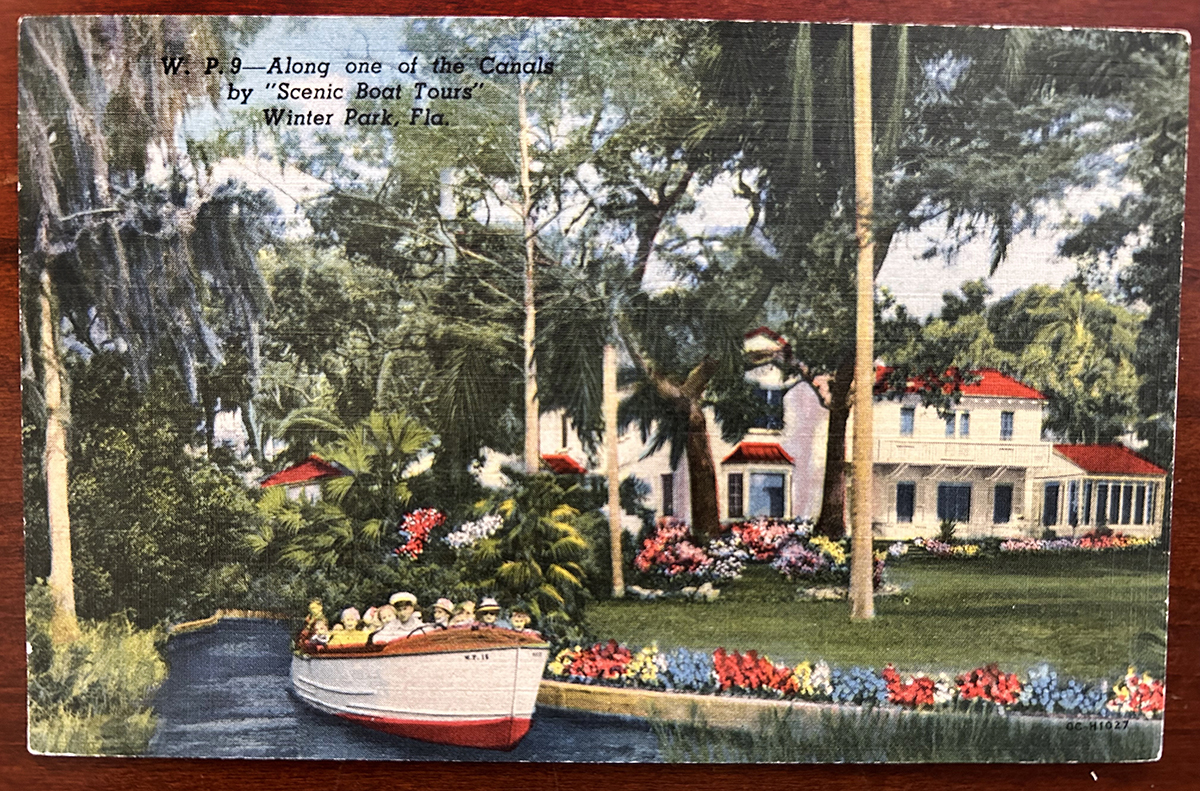
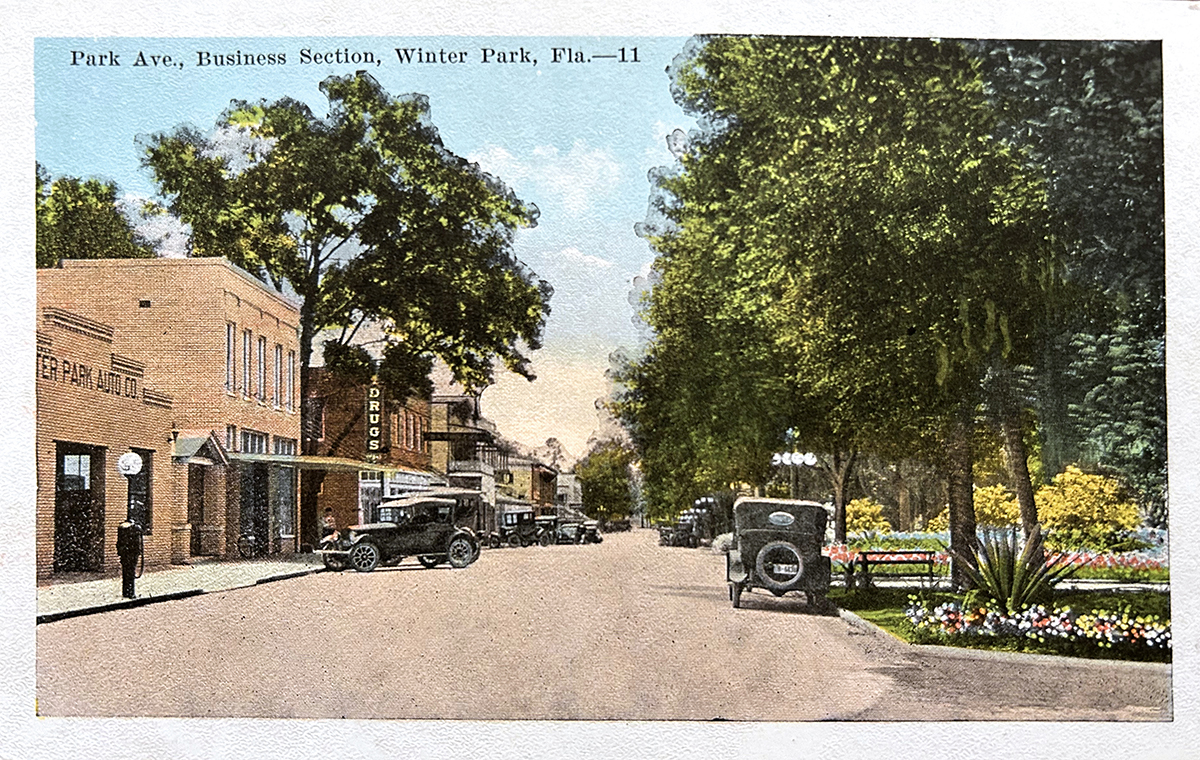
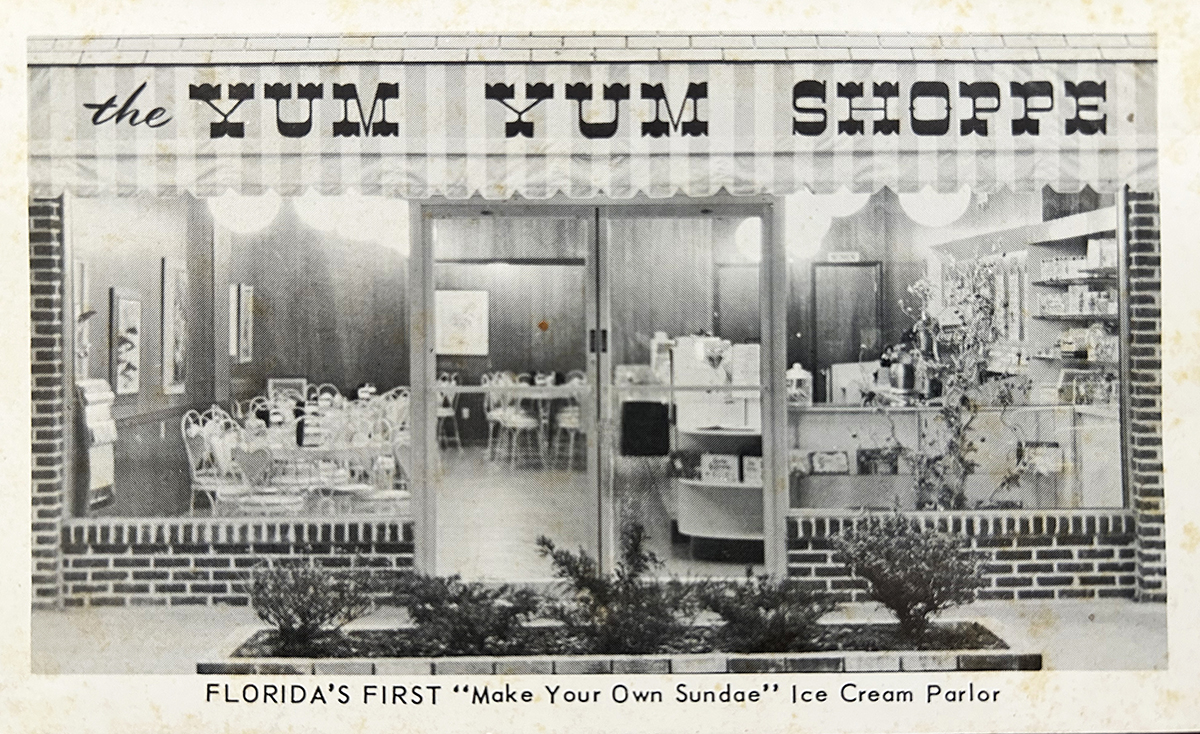
She adds that the exhibit will feature “a real kitschy vibe” with humorous wildlife caricatures, beach scenes, and roadside attractions. “But that vibe contrasts with postcards from Winter Park that mostly depict nature and local landmarks.” The range of postcard imagery will also reflect the socioeconomic changes that affected tourism marketing strategies.
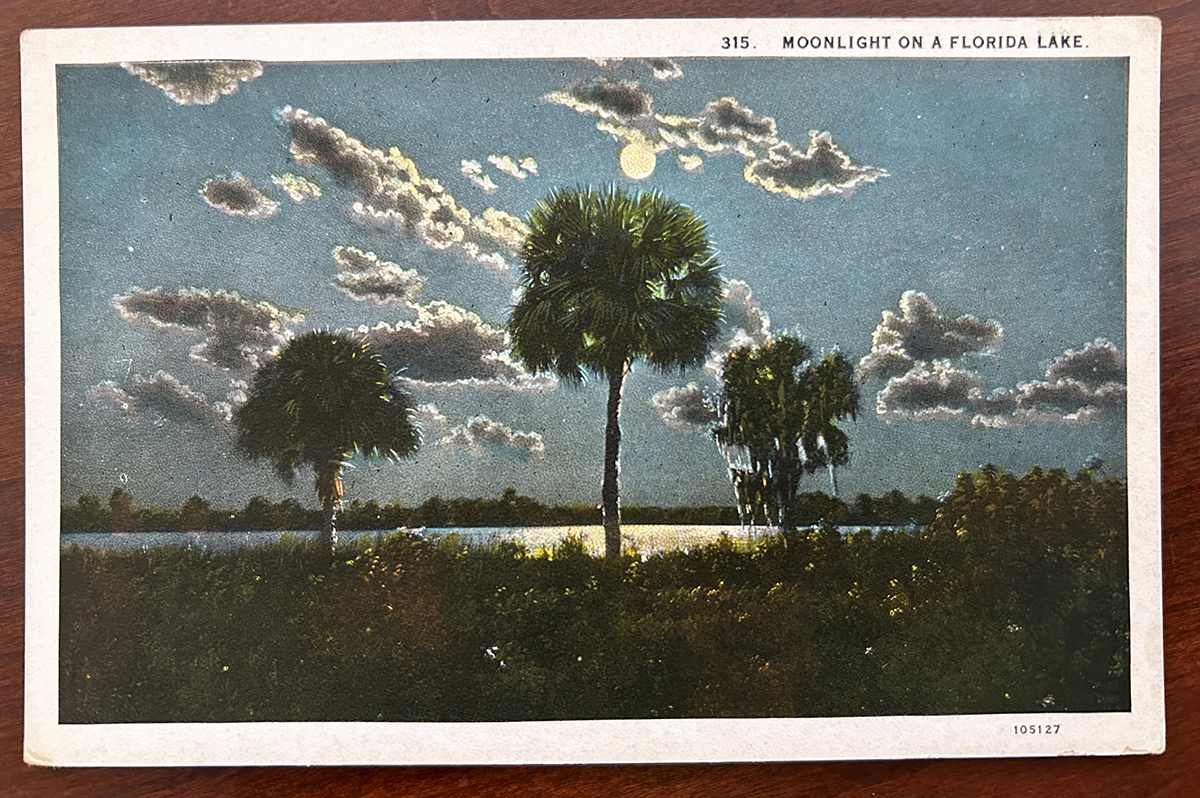
“The hyper-saturated postcards – those really bright and colorful illustrations – were created during the Great Depression to make people feel like Florida was full of hope and brilliance,” Grieger said. “After World War II, you see more photographs rather than hand-drawn art and color-enhanced images. That may be due to changes in printing and photography techniques.”
As with “Retailing Our Story,” “Hello Sunshine” will be presented in a series of quarterly installations that include a timeline with vintage scenery presented with modern photography of the same landscapes. Larger-than-life reprints will be part of the display, and interactive elements will rage from a selfie station to a children’s play area with a “working” orange stand. But the most compelling component focuses on the messages behind postcards.
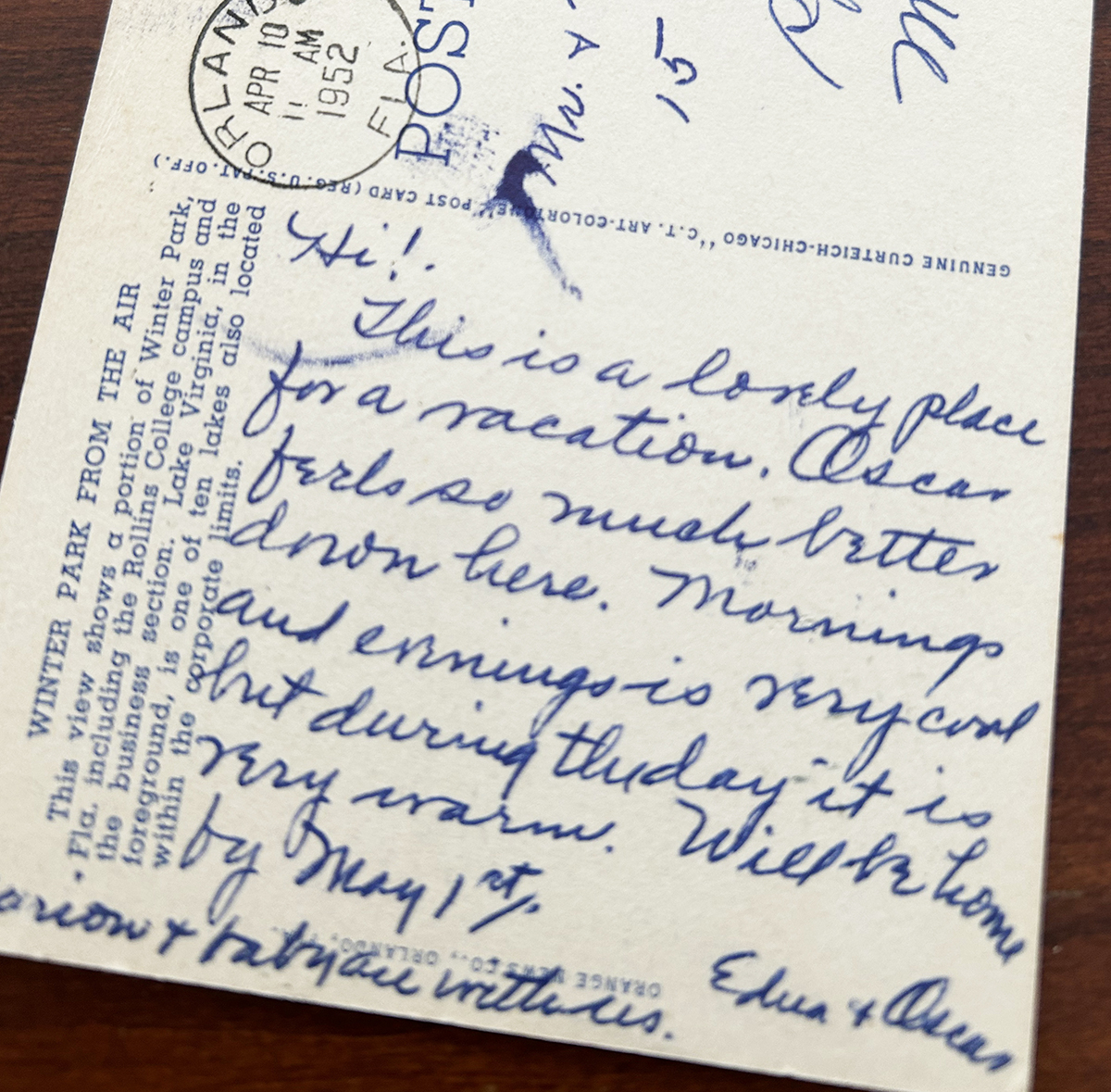
A movie created for “Hello Sunshine” will feature the hand-written notes from select exhibit items. “There are some funny ones, like a message from a Rollins student that ends with a request to send money,” Grieger said. “It gives you an idea (of) who sent (the postcards) – and adds another level to the experience.”
Frazee says he’ll stop by to view the exhibit during its run and is happy that his collection can now be preserved and enjoyed by the community. “A collection of Winter Park postcards belongs with the Winter Park History Museum; who’s going to appreciate them more?”
The museum is temporarily closed while the first installations are assembled and will reopen with a February 8 grand opening event. Winter Park History Museum archives are open for public research, and museum events include member mixers, a podcast, and a speaker series held at various locations. For more information, visit wphistory.org.
